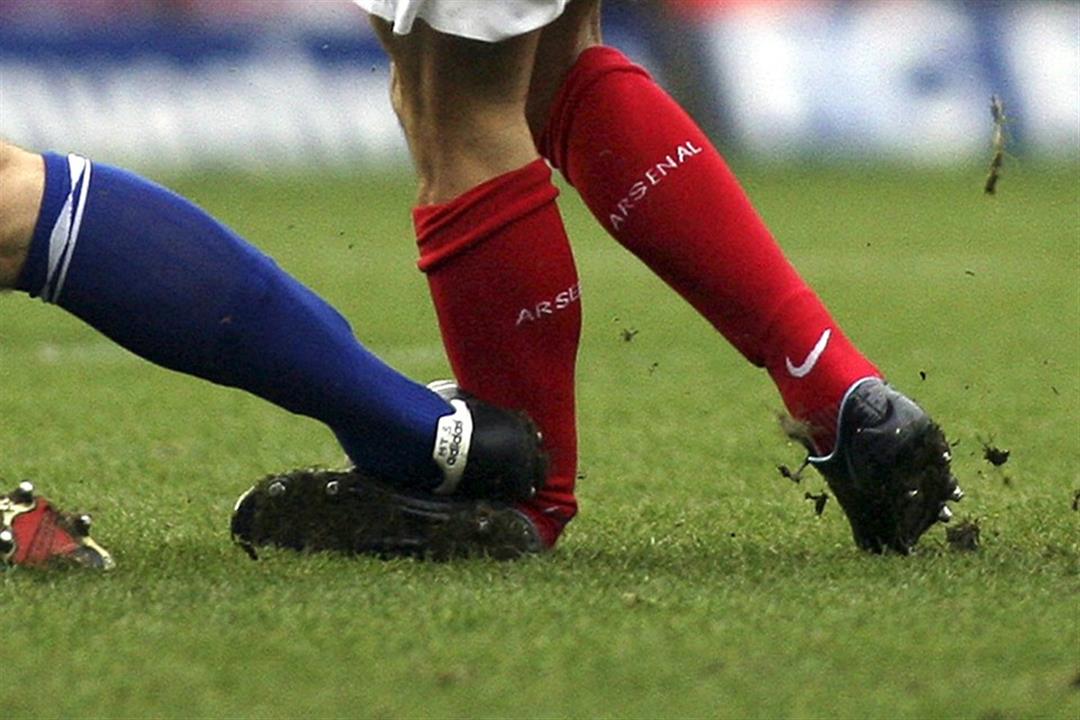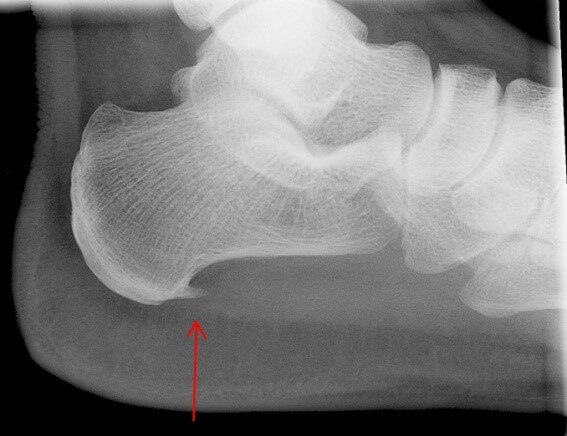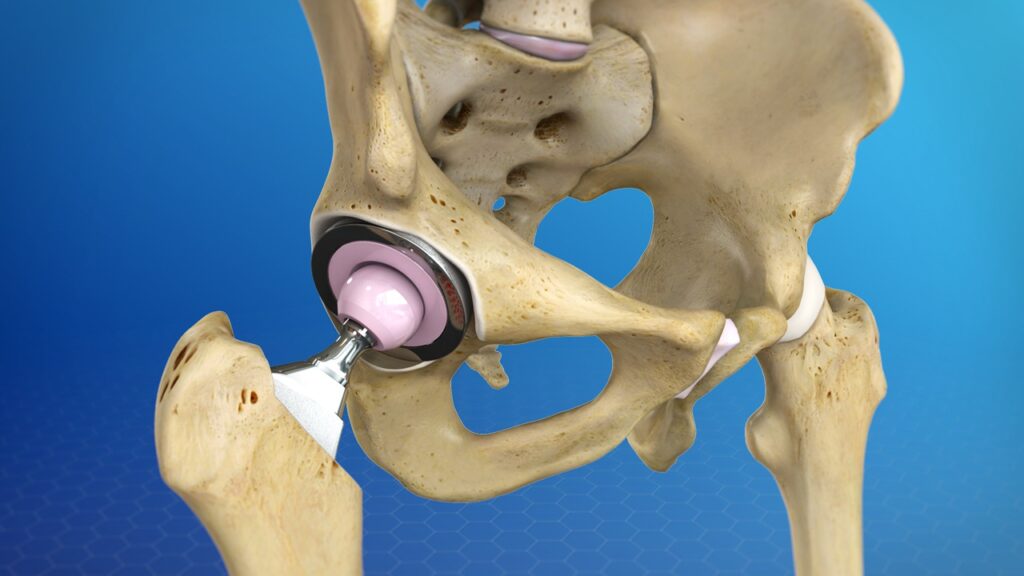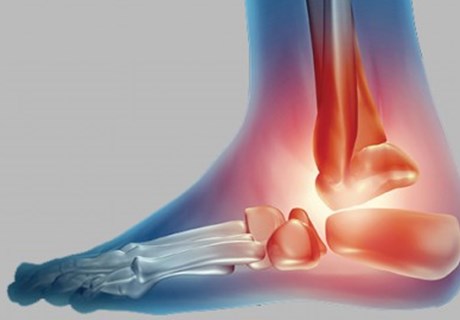What Are Sports Injuries, and What Is the Most Dangerous Injury in Football?
What Are Sports Injuries?
Sports injuries are considered some of the most dangerous injuries that athletes, especially football players, can experience. Despite the fun and excitement associated with sports, the risk is always present and very close to the most popular sports stars. Sports injuries can result in fractures, broken bones, muscle strains, and ligament tears, often requiring long periods of treatment and rehabilitation before the player can return to the field.
In this article, we will provide an overview of sports injuries, from their various types to the causes, treatment methods, and appropriate prevention measures.
Types of Sports Injuries
Sports injuries are generally categorized into six sections as follows:
- Head Injuries: Head injuries are among the most severe sports injuries that players can experience. These injuries include concussions, lacerations, and facial bone fractures. Immediate medical intervention is required to protect the player’s life. Doctors recommend wearing protective helmets to prevent these injuries.
- Heart Injuries: One of the recurring issues on sports fields is heart problems that can occur during intense physical activity. Among these issues, there can be serious heart injuries that lead to a player’s collapse or even death. One famous case is the death of Al Ahly player Mohamed Abdelwahab due to heart problems. Therefore, athletes should be cautious and undergo regular heart examinations to ensure their heart’s health before engaging in any sports activity.
- Fracture Injuries: Fracture injuries are common on sports fields, especially in bones such as the thigh, face, and shoulder. Fracture injuries rank third in terms of severity, requiring extended periods of treatment and rehabilitation. Some of them may end players’ careers in sports.
Muscle Injuries: Muscle injuries are one of the common injuries on sports fields, especially injuries to the back, hamstring, and quadriceps muscles. Among these injuries, Mohamed Zakaria’s muscle atrophy injury, a player for Al Ahly, is considered one of the most horrifying muscle injuries. Muscle strain injuries in the abdominal muscles or legs are also mentioned.
Ligament and Tendon Injuries: One of the most dangerous sports injuries is tearing the anterior cruciate ligament (ACL) in the knee, which can require at least a six-month treatment period, depending on the player’s response to treatment. Tendon injuries, such as Achilles tendon injuries in the lower leg, also require extended treatment periods.
Rare Injuries: Despite their rarity, some unusual injuries can occur on sports fields, such as tongue biting or spinal cord injuries. Although rare, these injuries can be extremely serious.
Treatment and Prevention Methods For minor injuries such as muscle tears and muscle strains, home remedies like rest and applying ice can be used to alleviate pain and swelling.
For severe injuries such as fractures and dislocations, immediate specialized medical treatment should be sought, and caution should be exercised to avoid exacerbating the injury.
Warm-up exercises should be performed before engaging in any intense sports activity to prevent sports injuries.
Wearing protective equipment such as helmets for the head or knee guards can be beneficial in reducing the risk of certain injuries.
Maintaining a balanced and suitable diet is recommended to promote overall health and strengthen muscles and tendons.
Regular physical exercise should be performed at an appropriate level based on each individual’s physical abilities.
Physical therapy sessions or physical rehabilitation may be necessary to regain strength and flexibility in muscles and tendons after an injury.
In conclusion, sports injuries require significant attention and ongoing prevention by athletes and coaching teams. Awareness of the importance of maintaining player safety and adherence to proper safety measures on the field is crucial. Additionally, technical, tactical, and physical fitness skills should be at a high level to reduce the risk of sports injuries and improve player performance.
What Are the Most Common Soccer Injuries?
Soccer is one of the most popular sports globally and witnesses numerous injuries that can affect its players. In this article, we will take a look at some of the most common sports injuries in soccer.
Ankle Injuries: Ankle injuries are among the most common injuries in soccer. Sprains of the ligaments or fractures of the bones surrounding the ankle can occur due to tackling or collision during play. Ankle strengthening and calf muscle strengthening are effective ways to prevent these injuries.
Knee Injuries: Knee injuries are considered some of the most serious injuries in soccer. These injuries may include tearing of the anterior cruciate ligament (ACL) or dislocation of the knee joint. The knee can be vulnerable to injury due to direct impact or excessive rotation during movement. These injuries can be avoided by wearing knee protectors and using proper techniques for tackling and maneuvering on the field.
Shoulder Injuries: Shoulder injuries often occur as a result of continuous and forceful tackles or falling onto the shoulder. These injuries may involve tears in the ligaments or fractures in the bones surrounding the shoulder. Players should wear protective gear to guard against these injuries and strengthen the shoulder and back muscles.
Head Injuries: Head injuries are some of the most dangerous injuries that soccer players can experience. Head impact or falls to the ground can result in head trauma. It is essential to wear a sturdy helmet for head protection during matches, and proper techniques for jumping and proper stance should be used to minimize the chances of head injuries.
Muscle and Ligament Injuries: Muscle and ligament tears can occur due to twisting or overextension during soccer movements. These injuries can be common in various parts of the body such as the thigh, calf, ankle, and shoulder. Players should take adequate rest periods and perform muscle-strengthening exercises to prevent these injuries.
In conclusion, soccer injuries are common and challenging, potentially affecting players physically and psychologically. It is crucial for players and coaches to take necessary measures to prevent these injuries by using appropriate protective equipment and adhering to proper playing techniques.
What Are the Most Common Sports Injuries?
Engaging in physical activity is an essential part of many people’s lives, whether they are amateurs or professionals in the world of sports. However, physical activity can sometimes lead to injuries. Sports injuries are highly common, varying in types, severity, and their impact on the body. In this article, we will shed light on the most common and severe sports injuries.
- Ankle Injuries: Ankle injuries are among the most common injuries in various sports activities. These injuries usually occur as a result of sprains or tears in the ligaments surrounding the ankle. These injuries can lead to severe pain, swelling, and limited mobility.
- Knee Injuries: Knee injuries are considered some of the most serious injuries. These injuries may occur due to twisting or tearing of the ligaments surrounding the knee, such as the anterior cruciate ligament (ACL) or collateral ligaments. Fractures in the bones around the knee may also happen. These injuries often require surgical intervention and an extended period of treatment and rehabilitation.
- Muscle and Tendon Injuries: Muscle and tendon injuries can result from improper technique during exercise or sports activities. These injuries include muscle tears, muscle strains, and tendon tears. The severity of these injuries can range from mild cases that require self-treatment to severe cases that necessitate immediate medical attention and extended rehabilitation.
- Shoulder Injuries: Injuries in the shoulder area may occur due to sprains or tears in the ligaments surrounding the shoulder. Fractures in the shoulder bones can also occur as a result of injury. These injuries often occur in sports that heavily involve the use of the arms, such as tennis and basketball.
- Head Injuries: Head injuries are considered one of the most serious sports injuries. These injuries may occur as a result of high-impact collisions or strong blows to the head. Head injuries can be accompanied by loss of consciousness or disturbances in brain function.
- Back and Spinal Injuries: Injuries to the back and spinal area can occur due to improper movements or excessive strain on the spine. These injuries can cause severe pain, muscle spasms, and difficulty in spinal mobility.
These are some of the most common and severe sports injuries. Individuals engaging in any sports activity should take necessary precautions to avoid these injuries, such as wearing appropriate protective gear and performing warm-up exercises before matches or workouts. In case of any injury, individuals should seek appropriate assistance and receive necessary treatment.
How to Avoid Injuries at the Gym?
Going to the gym can be an enjoyable and beneficial experience for maintaining your physical fitness and overall health. However, you may face potential challenges and risks while engaging in exercise. To ensure your physical safety and prevent injuries, here are some important tips:
- Warm-Up Before Starting Exercises: Warming up your body before beginning exercises is essential for preparing your muscles and ligaments for movement and avoiding potential injuries. Warming up includes gently stretching muscles and directing blood circulation to targeted areas.
- Proper Exercise Technique: You should learn and execute exercise routines correctly. Failure to perform exercises with proper form can lead to injury. It may be helpful to seek guidance from a trainer to instruct you and monitor your exercise execution.
- Stop Exercising at the Right Time: When you experience severe pain or unusual fatigue during exercise, you should immediately stop. This could be a sign of an injury or increased stress on muscles and tendons.
- Adequate Rest Periods: Your body needs time to recover after strenuous exercise. Therefore, it’s important to allow your body sufficient rest before training again. It’s beneficial to schedule days for intense training and days for lower intensity or recovery exercises. Take Care of Your Body in General: You can avoid injuries by taking care of your body in general. It’s advisable to consume nutritious meals before and after workouts, stay hydrated by drinking water regularly to prevent dehydration, and get an adequate amount of sleep to promote muscle recovery.
- In the end, maintaining your health and avoiding injuries during exercise at the gym is crucial. Consider these tips and general self-care practices to ensure your safety. Enjoy achieving your fitness goals in a healthy and safe manner.
How to Prevent Sports Injuries?
Many people engage in regular physical activity to maintain their physical and mental health. However, sports injuries can occur and affect your ability to exercise regularly. Fortunately, there are ways to prevent these injuries and maintain your safety while participating in sports. In this article, we will look at some of those methods:
- Warm-Up and Cool Down: Warming up before exercise and cooling down afterward are among the most important steps to prevent sports injuries. Warming up helps increase blood flow to the muscles and prepares them for intense exercises, while cooling down gradually calms the body after completing the workout, returning the heart rate to its normal state.
- Use Proper Technique: Make sure you are familiar with the correct techniques for performing movements and exercises. If you perform exercises improperly, this can increase the risk of injury. Working with a personal trainer or consulting a sports expert to ensure proper techniques can be beneficial.
- Gradually Increase Physical Activity Level: It is crucial to gradually increase the intensity and duration of exercises. When starting a new fitness program or increasing training levels, avoid transitioning immediately to intense exercises. It is recommended to increase endurance and intensity gradually in stages to prevent unnecessary stress and injuries.
- Customize Your Exercise: Your training program should be designed according to personal goals and body capabilities. For example, if you have an injury in a specific part of your body, it’s best to avoid exercises that put pressure on that injured area.
-



















